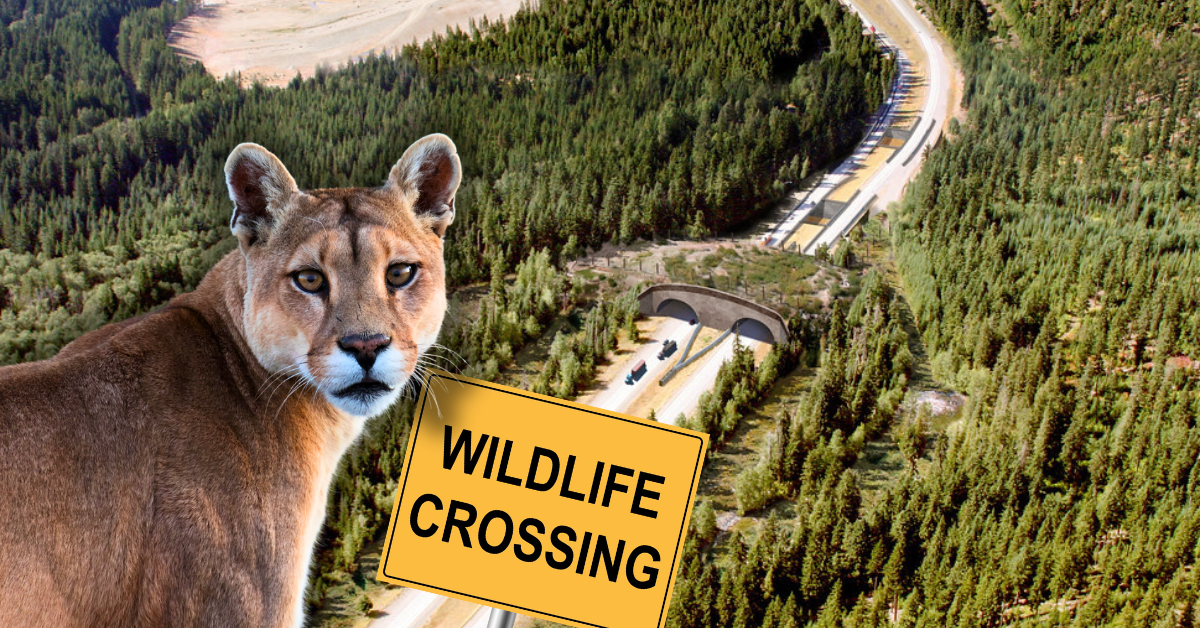Cheers to the Wallis Annenberg Wildlife Crossing, an overdue, game-changing lifeline for mountain lions, bobcats, deer and all the other wild creatures who have been forced to risk their lives navigating California’s deadly highways. This massive overpass spanning the 101 Freeway in Agoura Hills is set to become the world’s largest wildlife crossing, reconnecting fragmented habitats and giving vulnerable species a fighting chance at survival. It’s a reminder that when we prioritize living with wildlife over convenience, we can undo some of the damage we’ve inflicted on the natural world.
For decades, California’s freeways have functioned as death traps and genetic bottlenecks for wildlife, with mountain lions suffering from inbreeding-related defects due to their isolation. P-22, the legendary mountain lion who became a symbol of survival in an urban landscape, couldn’t be saved, but this crossing helps to ensure his species has a future.
With native plants, oaks and 6,000 cubic yards of soil creating a natural landscape, this bridge isn’t just a passageway, it’s an ecosystem restoration project in motion.
California is proving that real conservation means more than just setting aside patches of land…it requires rebuilding the connections we’ve severed.
The good news is, wildlife crossings are growing in popularity across the country, and in recent years, Colorado has emerged as a leader, according to a recent article in The New York Times. Since 2015, Colorado has built 28 new large wildlife crossing structures, reports to the state Transportation Department.
Now, let’s make sure other states get the message: if you’re serious about protecting wildlife, you don’t just fence them in and hope for the best…you build the bridges they need to thrive.

